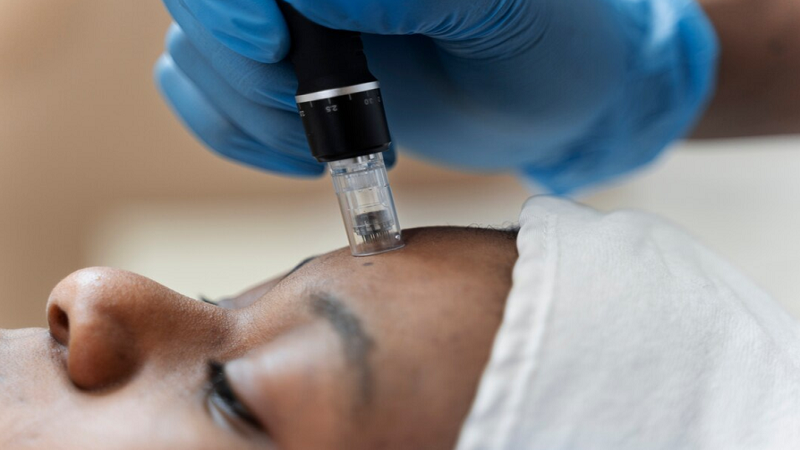Prostate cancer treatments are customized to fit your needs and diagnosis. If your prostate cancer doctor catches your cancer in its early stages, they may recommend watchful monitoring and active surveillance. Advanced cases usually require surgeries to remove the prostate and other therapies to kill cancer cells. Here’s more information about successful prostate cancer treatment methods:
Watchful Waiting and Active Surveillance
Benign cancers are painless, harmless, and don’t require advanced operations or therapies. If you have early-state localized or slow-growing prostate cancer, active surveillance may be all the cancer treatment you need. Watchful waiting and active surveillance involve routine tests, screenings, imaging, and bloodwork to check if the cancer poses life-threatening risks. If the cancer doesn’t cause any symptoms or pose a threat to your life, you won’t need immediate treatment.
Once the cancer starts progressing to dangerous levels, your oncologist develops a treatment plan. Watchful waiting and active surveillance are ideal for aging clients who aren’t experiencing undesirable symptoms or the risk of reduced life quality. Your prostate cancer doctor can also suggest monitoring if you have general health conditions that don’t support cancer treatment.
Minimally Invasive Robotic Surgery
If the cancer has advanced to stages that cause undesirable symptoms or pose life-threatening risks, your oncologist may recommend surgical operations. Traditional radical prostatectomy involves open incisions that allow surgeons to remove the prostate gland and surrounding tissues. The procedure helps to treat localized prostate cancer in young, healthy men.
Some oncologists use minimally invasive robotic surgeries like laparoscopy. Robotic assistance enhances surgical precision and improves outcomes and recovery rates. Laparoscopic techniques involve the use of small, flexible devices with built-in cameras to access the prostate. These devices offer high-quality video feeds that your oncologist uses to identify and remove cancer cells.
Non-surgical Therapies and Treatments
Prostate surgery is sometimes paired with non-surgical treatments, such as radiation therapy, chemotherapy, and hormonal treatments. Radiation therapies include external beam radiation therapy, EBRT, and brachytherapy. EBRT uses high-energy rays to kill the cancer cells, while brachytherapy uses small radioactive seeds implanted into the prostate to target the tumor. Hormonal therapies include androgen deprivation therapy, which blocks testosterone and androgens that cancer cells rely on. These therapies are usually combined with radiotherapy.
Chemotherapy uses docetaxel, cabazitaxel, and other chemicals to slow down the growth of cancer cells and alleviate symptoms. The treatment is used for cancers that don’t respond to hormonal therapy. Your doctor can also recommend immunotherapy, which uses checkpoint inhibitors and immune system stimulation to attack and fight cancer cells. The stage and characteristics of your prostate cancer determine the treatment your oncologist recommends. Some treatment plans involve a combination of surgery, medication, ongoing therapies, and lifestyle adjustments to prevent future cancer development.
Speak to a Prostate Cancer Doctor Today
Prostate cancer is treatable if diagnosed early, and it’s manageable through regular treatments and therapies. Your oncologist and multidisciplinary healthcare team can offer professional advice regarding screening, symptom management, treatment, and long-term care. Contact an experienced prostate cancer doctor today to learn more about your treatment options.




